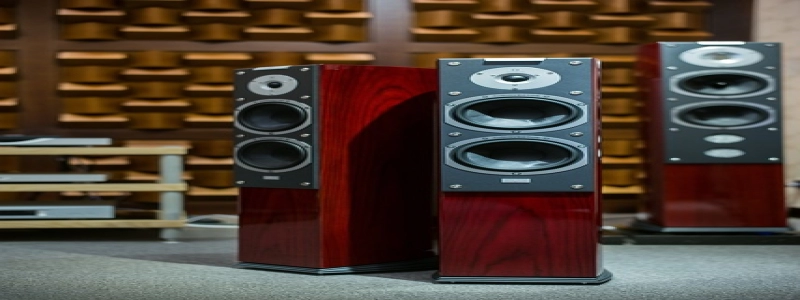RS485 to Ethernet Converter
Introducción:
RS485 to Ethernet converter is a device that allows for communication between RS485 serial devices and Ethernet networks. It provides a bridge between legacy RS485 devices and modern Ethernet infrastructure, enabling seamless integration and communication between different systems.
1. What is RS485?
RS485 is a standard for serial communication that allows devices to transmit data over long distances at high speeds. It is commonly used in industrial automation, building automation, and other applications where multiple devices need to communicate with each other reliably.
2. The need for RS485 to Ethernet converters:
As Ethernet has become the de facto standard for networking, many devices and systems have transitioned to Ethernet-based communication. Sin embargo, there are still numerous legacy RS485 devices in use that need to be connected to Ethernet networks. RS485 to Ethernet converters fill this gap by providing a means to connect RS485 devices to Ethernet networks, allowing for easy integration and communication.
3. Features and benefits of RS485 to Ethernet converters:
a) Bi-directional communication: RS485 to Ethernet converters support bidirectional communication, allowing data to be transmitted and received between RS485 devices and Ethernet networks.
b) Easy installation: These converters are typically designed for plug-and-play installation, requiring minimal configuration or setup.
C) Versatility: They support a wide range of RS485 devices, such as sensors, programmable logic controllers (PLCs), and other industrial automation equipment.
d) Reliable communication: RS485 is known for its robustness and noise immunity, making it ideal for use in harsh industrial environments. The converters ensure reliable communication even in challenging conditions.
e) Extended distance: RS485 supports long-distance communication, often up to 1200 meters or more. By integrating RS485 devices with Ethernet networks using converters, access to long-distance communication is extended to the entire network.
f) Integration with existing network infrastructure: RS485 to Ethernet converters seamlessly integrate RS485 devices with existing Ethernet networks, avoiding the need for costly wiring changes or network upgrades.
4. Applications of RS485 to Ethernet converters:
a) Industrial automation: RS485 to Ethernet converters enable communication between PLCs, sensors, HMI devices, and other industrial automation equipment, facilitating centralized monitoring and control.
b) Building automation: They connect RS485-based devices, such as HVAC systems, access control panels, and lighting control systems, to Ethernet networks for centralized management and control.
C) Energy management: RS485 to Ethernet converters integrate RS485-based energy meters and other monitoring equipment with Ethernet networks, allowing for real-time energy monitoring, analytics, and reporting.
d) Security systems: Converters enable communication between RS485-based security devices, like surveillance cameras and access control systems, and Ethernet networks, enabling remote monitoring and control.
e) Transportation systems: RS485 to Ethernet converters connect RS485-based devices in transportation systems, such as ticketing machines and traffic control systems, to central management systems for efficient operation.
In conclusion, RS485 to Ethernet converters play a vital role in bridging the gap between legacy RS485 devices and modern Ethernet networks. With their bi-directional communication, easy installation, and versatility, these converters provide a seamless solution for integrating RS485 devices into Ethernet-based systems across various industries.








